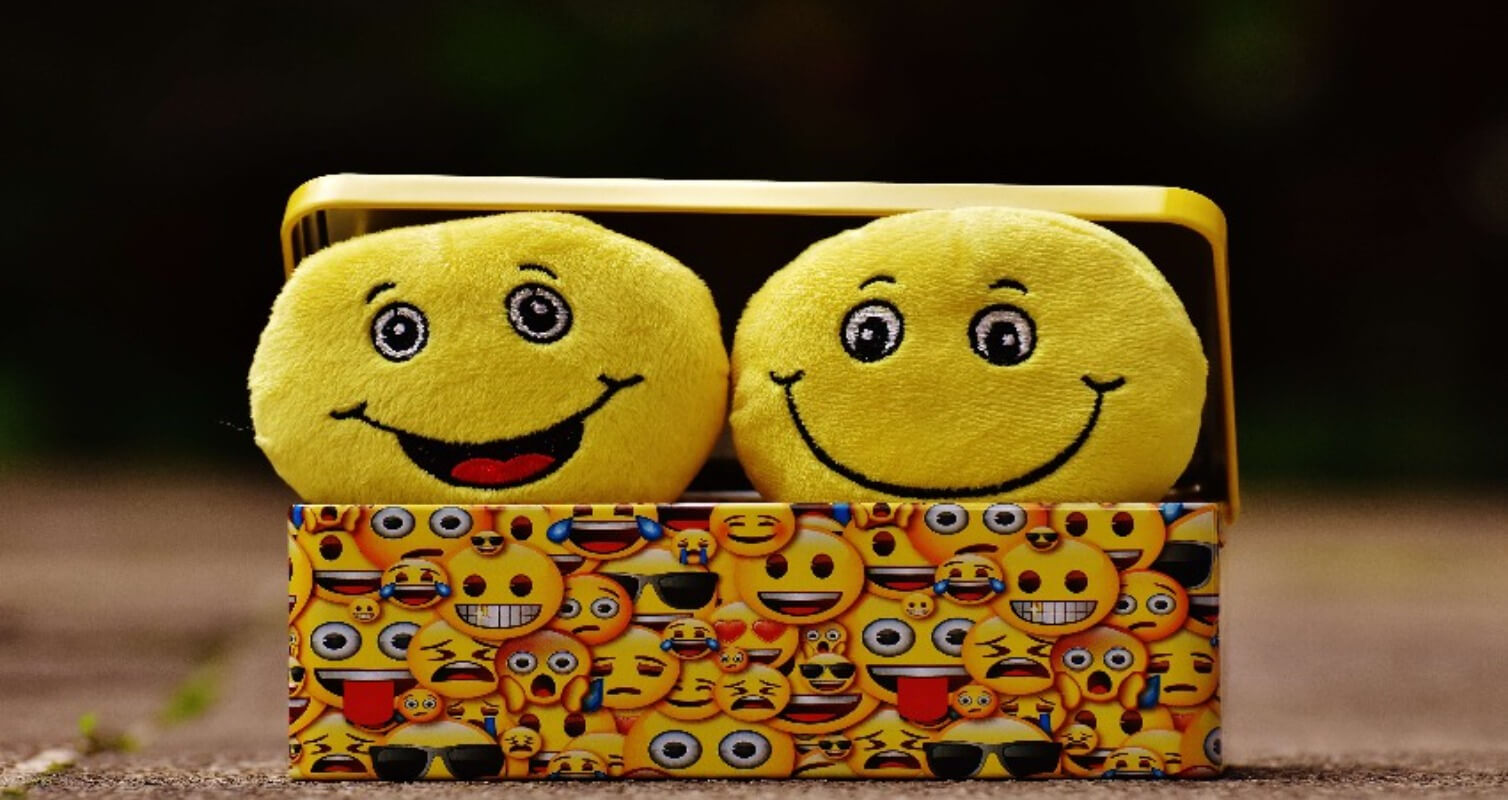Unveiled in 2006 during a period of rapid growth in social media, biometric surveillance, and user profiling, Benayoun’s Emotion Vending Machine functioned as a satirical yet poignant commentary on how technology increasingly packages, markets, and trades human feelings as consumable data.
The work asked:
Can emotions be bottled, priced, and sold like soda? And if so, what does that say about our digital selves?

🤖 How the Installation Worked
The piece took the physical form of a retro-style vending machine, evoking 1950s Americana, but instead of snacks or drinks, it offered vials or capsules labeled with emotions such as:
- Love
- Hope
- Fear
- Melancholy
- Euphoria
- Indifference
Interactive Experience:
- Selection: Viewers chose an emotion from the machine’s illuminated display.
- “Purchase”: In most iterations, the machine was free to use—emphasizing that the illusion of transaction was part of the critique.
- Dispensing: A small container (often a test tube or pill bottle) labeled with the chosen emotion would be released.
- Revelation: Inside, instead of a substance, users might find:
- A printed phrase (“Love is a temporary psychosis” – Bertrand Russell)
- A QR code linking to a digital poem or video (in later versions)
- Empty space—highlighting the impossibility of bottling true feeling
In some gallery versions, the machine was connected to bio-sensors: your heart rate or facial expression would “determine” which emotion you “qualified” for—mimicking real-world affective algorithms.
🌐 Thematic Significance
Benayoun, a pioneer in virtual reality and interactive art, used the vending machine as a metaphor for:
- The illusion of emotional control in digital culture
- Surveillance capitalism’s appetite for affective data
- The medicalization and commercialization of inner life (e.g., mood-enhancing apps, antidepressants, “wellness” tech)
- The paradox of choice: endless emotional options, yet deeper alienation
As he stated in a 2007 interview:
“We are taught to ‘manage’ our emotions like a portfolio. The Emotion Vending Machine is the logical endpoint: emotion as a branded product, available 24/7, with a satisfaction guarantee.”
📍 Exhibition History
- First presented in 2006 at La Gaîté Lyrique (then under development) and Centre Pompidou satellite events in Paris
- Featured in Transmediale-related dialogues (though not part of the official 2006 Transmediale curated by Anne-Marie Duguet—sometimes confused due to thematic overlap with “Smile Machines”)
- Later shown in media art festivals across Europe, Canada, and Asia
- Included in Benayoun’s larger body of work on “emotional cartography” and critical digital aesthetics
🔗 Legacy & Relevance Today
In an era of:
- AI mood trackers
- Meta’s emotion-recognition patents
- TikTok algorithms that amplify outrage or joy
- “Feel-good” tech like mood rings 2.0
…Benayoun’s 2006 installation feels eerily prescient. It anticipated how emotion would become the new oil—extracted, refined, and sold back to us.
The Emotion Vending Machine remains a touchstone in media art, digital humanities, and critical design—a reminder that some things should never be dispensed by a machine, no matter how shiny the interface.
💊 Insert coin. Select feeling. Consume identity.
— Maurice Benayoun, Distributeur automatique d’émotions (2006)
